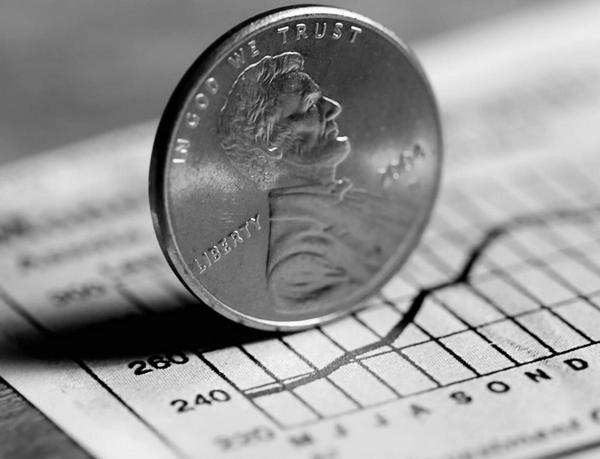HOW ABOUT BANKRUPTCY SHELLS?
Historically, bankruptcy shells were a small but important segment of the publicly trading company market. There continues to be a very small, but constant, source of the so-called bankruptcy shells.
The concept of the bankruptcy shell lies in the fact that the company which files a plan of reorganization under the federal bankruptcy code is permitted, provided the SEC does not object, to issue freely tradable shares to its creditors (including the lawyers and other promoters who have control of the bankrupt company). As freely tradable shares approved by the bankruptcy court, these shares are exempt from registration and there is no requirement to file a Form S-1 nor to rely on Rule 144 as long as the shares are not held by affiliates. Since there are a finite number of companies which file bankruptcy, and the procedures to involved to properly navigate bankruptcy laws are somewhat arcane, a public company which is a result of a bankruptcy proceeding is somewhat rare. However, they do remain a viable alternative with the benefit that one can be sure that prior liabilities have been extinguished.
The SEC does not like bankruptcy– created public companies because they view it as a misuse of the process. However if their objections are not given credence by the bankruptcy court, or if they do not object at all to the plan of reorganization, these companies are completely valid alternatives.



